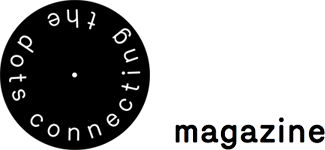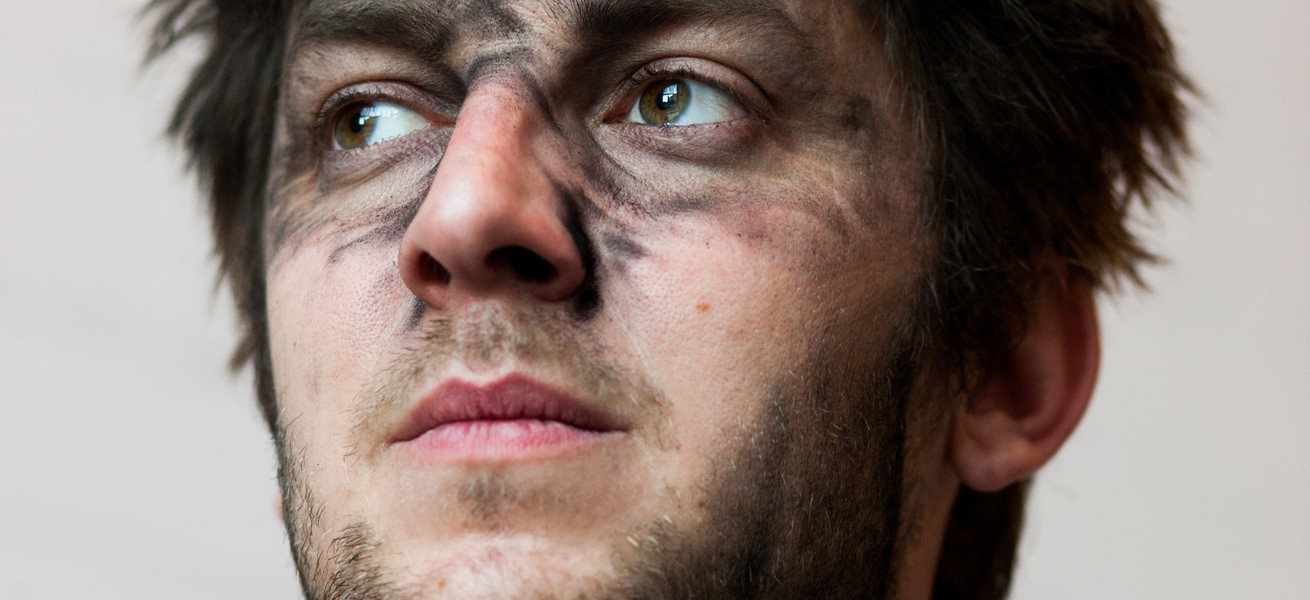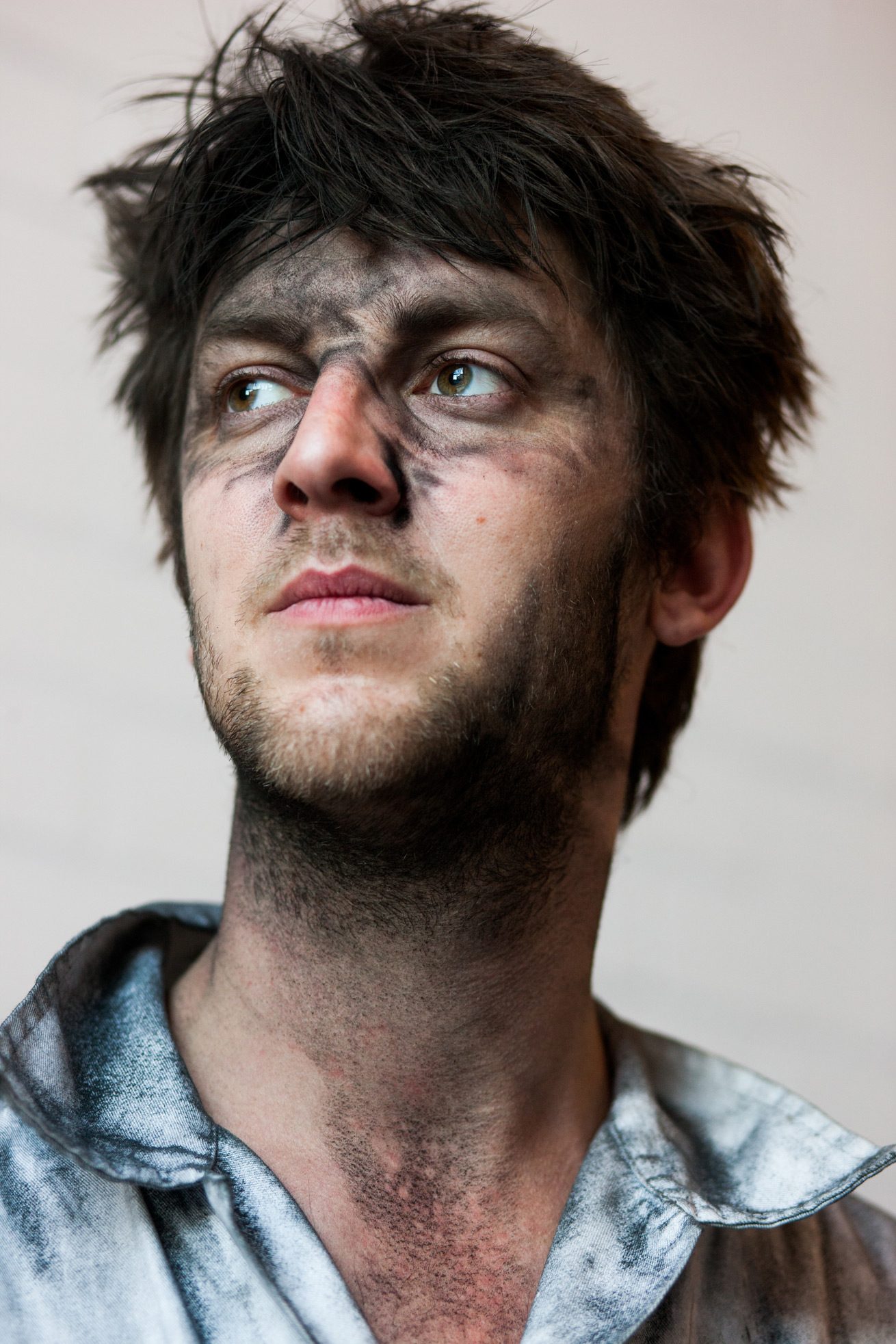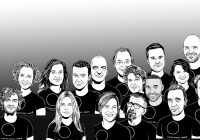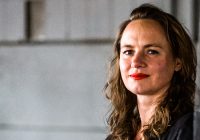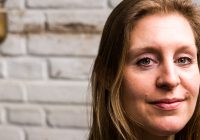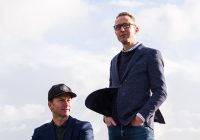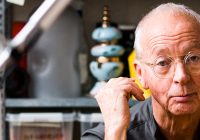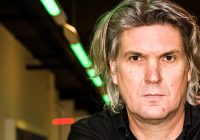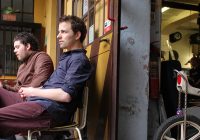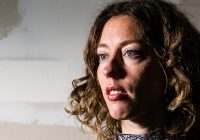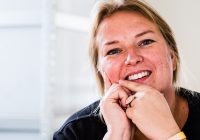Text by Annemiek van Grondel
Photo by Boudewijn Bollmann
With ‘Bottles Collection’, his graduation project at ArtEZ in Arnhem, Klaas Kuiken (1984) immediately garnered success. In a glass oven he developed himself, Kuiken blows archetypal green bottles into unique objects in varied shapes and shows them at many fairs and even in museums. Selling them worldwide helped the designer a great deal when starting his own company. Now, he is focussing on cast iron.
Designer, inventor and craftsman Kuiken is fascinated by artisanal and industrial techniques. The fact that the wooden airplane he built at a young age refused to fly, may have encouraged him to study electrical and mechanical engineering, before going to ArtEZ. But this background allowed him to developing the bottle machine himself. ‘I often watch Discovery Channel’, Kuiken confesses. ‘You learn from old techniques, seeing how things are made and developed. I want to combine crafts with technology.’
Traveling is important when looking for inspiration and sharing ideas. In Beijing, Kuiken and co-designer Dieter Volkers asked locals to help them to give the term ‘Made in China’ a different meaning by creating a product with a clear identity: a teapot made out of clay. They photographed the makers and documented their personal information. A compilation of 3D scans resulted in one product, called ‘Made by someone in China’. For a resort in Zanzibar the Bottle-Up collective, in which Kuiken participated, was asked to find a solution for glass waste, mainly caused by tourists. First he inspired locals to create souvenirs that tourists would appreciate. Then he noticed that in Africa there are only round grains of sand, unusable for building; ‘sharp’ sand is being shipped from Australia. So he began grinding glass into sand that is suitable for building. Kuiken: ‘Eindhoven University is now doing research on how his can be done in a more energy-efficient way. In the end a glass recycling system is better, but for now it’s a perfect solution.’
At Furnishers Market Kuiken and his small team are presenting multiple wood stoves made of cast iron. He looked around in a factory for truck turbochargers and forklift parts. ‘They work with polystyrene moulds’, he says. ‘In a sand container, liquid iron is cast into a funnel. That very light foam burns out and takes on the form. So you can cast iron into various shapes. The small components are incorporated in a truck and thus never visible. I wanted to cast iron in cut foam in the shape of a stove. You can still see the structure of the fragile foam in it.’ Kuiken hopes to persuade people in the furniture industry to make home accessories or connection parts, for example corner pieces for a tabletop, out of his attractive ‘foam structured iron’.
Find more information about Klaas Kuiken’s presentation at Furnishers Market and Dutch Satellite during the Milan Design Week 2016.
